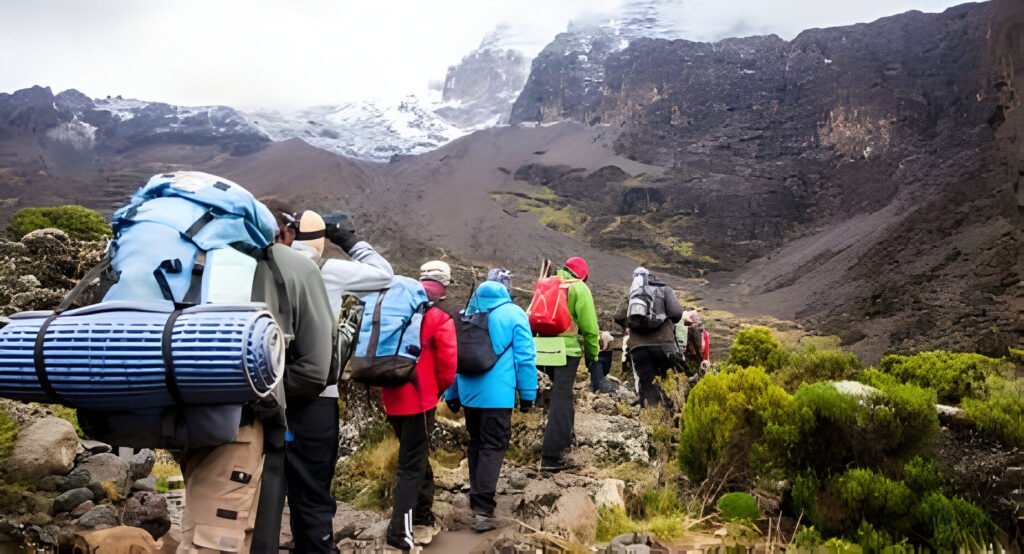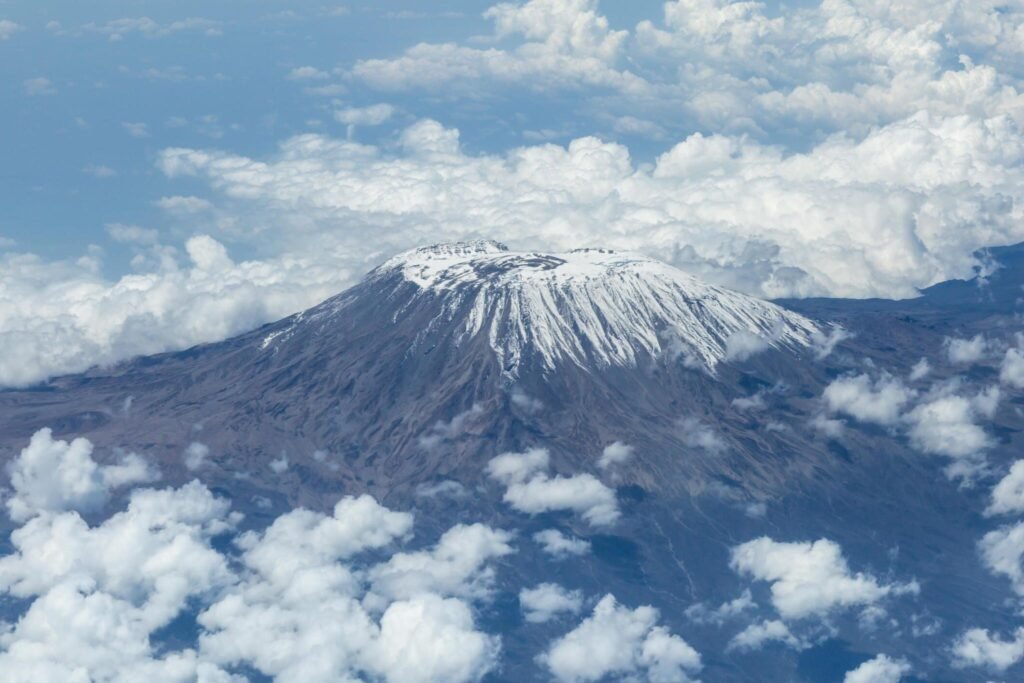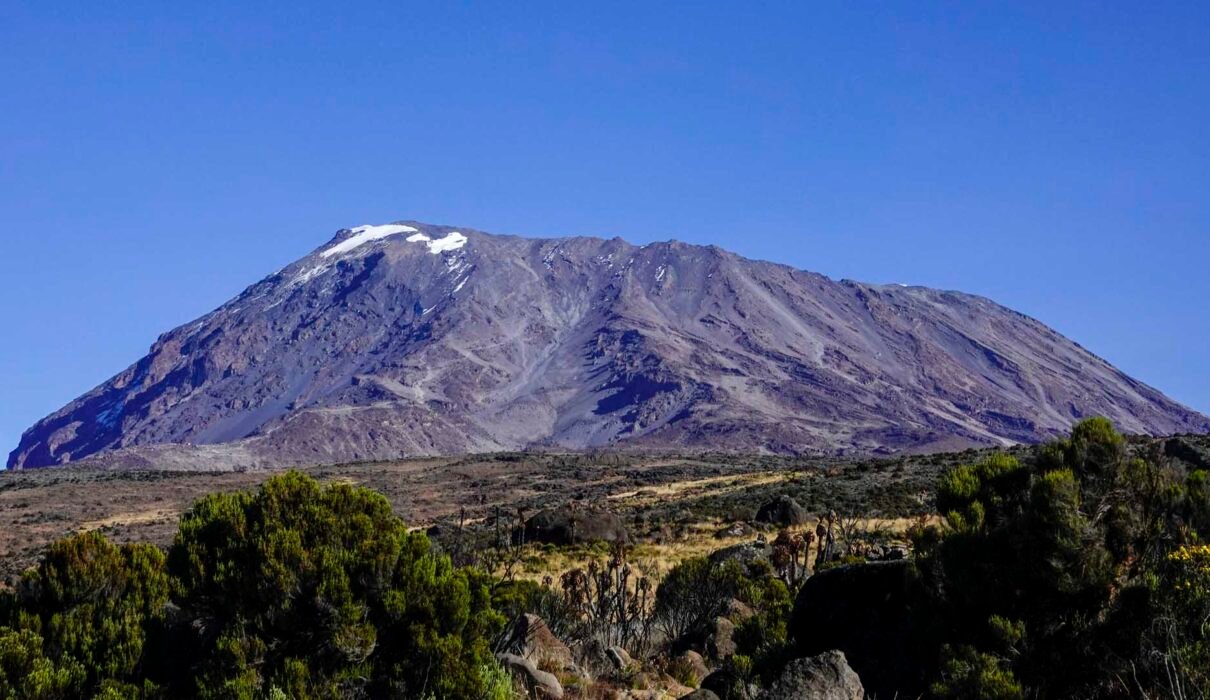What I Wish I Knew Before Climbing Kilimanjaro : Climbing Mount Kilimanjaro is a life-changing experience, but there are several things I wish I had known before taking on the challenge. Whether it’s the unpredictability of altitude sickness, the importance of proper gear, or understanding the mental demands of the climb, preparation is key. In this guide, I’ll share insights and tips that I learned from my Kilimanjaro adventure, so you can be better prepared for your own trek.
Learn more about climbing Kilimanjaro and expert guidance here

What I Wish I Knew Before Climbing Kilimanjaro : Altitude Sickness Is Unpredictable
One of the biggest challenges on Kilimanjaro is altitude sickness, which can affect anyone, regardless of fitness level. I wish I had known more about how altitude sickness would impact me. It’s important to recognize that altitude can affect you in ways you don’t expect, and there’s no way to fully predict how your body will react
Tips for Coping with Altitude:
- Acclimatize: Choose longer routes like the Lemosho or Machame Route to give your body time to adjust.
- Hydrate: Drink plenty of water throughout the climb.
- Go Slow: The local phrase “Pole Pole” (slowly, slowly) is key to success
Find out more about how to prevent altitude sickness.
What I Wish I Knew Before Climbing Kilimanjaro : Proper Gear Can Make or Break Your Climb
Having the right gear is crucial for comfort and safety on Kilimanjaro. The mountain’s weather is unpredictable, with freezing temperatures at the summit and warmer climates at lower elevations. I didn’t fully appreciate how important quality gear would be, particularly when it came to keeping warm at night
Essential Gear Checklist:
- Layered Clothing: Invest in moisture-wicking base layers, insulating mid-layers, and a waterproof outer shell.
- Sturdy Boots: Make sure your hiking boots are well broken-in before the trek.
- Sleeping Bag: A four-season sleeping bag is necessary for sub-zero temperatures at higher altitudes
Check out this complete Kilimanjaro gear guide here.
What I Wish I Knew Before Climbing Kilimanjaro : Hydration and Nutrition Are Crucial
I underestimated how much energy I would need to climb Kilimanjaro. Staying hydrated and eating enough calories was essential for maintaining energy levels, especially at higher altitudes where your body works harder. Dehydration and lack of energy can severely affect your performance.
- Drink Regularly: Aim to drink at least 3-4 liters of water each day.
- Eat High-Energy Foods: Bring energy bars, nuts, and other snacks to keep your energy up during long hikes.
Learn about how to stay fueled and hydrated on long treks.
What I Wish I Knew Before Climbing Kilimanjaro : Mental Preparation Is Just as Important as Physical
Climbing Kilimanjaro is not just a physical challenge; it’s a mental one too. There were times when I felt exhausted and wanted to give up, especially during summit night. What I wish I knew beforehand was how important mental resilience is in pushing through difficult moments.
Mental Preparation Tips:
- Focus on Small Goals: Break the climb into smaller sections in your mind to avoid feeling overwhelmed.
- Stay Positive: Remind yourself why you’re doing this and the reward of reaching the summit.
Discover mental strategies for high-altitude treks.
What I Wish I Knew Before Climbing Kilimanjaro : Choose the Right Route for Acclimatization
I wish I had researched Kilimanjaro routes more thoroughly before booking my trip. Some routes, like the Marangu Route, are shorter but offer less time to acclimatize, increasing the risk of altitude sickness. Routes like Lemosho and Machame provide more gradual ascents, giving climbers a better chance to adjust to the altitude.
Top Kilimanjaro Routes:
- Lemosho Route: Known for its stunning scenery and good acclimatization profile.
- Machame Route: Popular for its scenic beauty, though more physically demanding.
Explore detailed Kilimanjaro route options here.
What I Wish I Knew Before Climbing Kilimanjaro : Summit Night Is Extremely Challenging
Summit night on Kilimanjaro is by far the hardest part of the climb. Starting in the middle of the night, you’ll be trekking in the cold, dark hours before dawn, pushing your limits as you reach the highest point, Uhuru Peak. I wish I had been more mentally prepared for how exhausting and difficult this final ascent would be.
- Stay Warm: Bring extra layers and hand warmers to stay comfortable during the night.
- Pace Yourself: Don’t rush; it’s better to go slow and steady than to burn out.
Read more about what to expect on summit night.
What I Wish I Knew Before Climbing Kilimanjaro : You Need Time to Recover After the Climb
What I wish I knew before climbing Kilimanjaro is how important it is to give yourself time to recover after the trek. Climbing to nearly 6,000 meters is physically and mentally taxing, and I felt drained for days afterward. Plan some downtime after your climb to relax and recuperate.
Top Post-Climb Activities:
- Zanzibar Beaches: Unwind on the beautiful beaches of Zanzibar after your trek.
- Ngorongoro Crater: Enjoy a leisurely safari in Ngorongoro’s stunning landscape.
Discover perfect post-climb recovery options here.
What I Wish I Knew Before Climbing Kilimanjaro : Your Guides and Porters Are Lifesavers
I quickly realized how crucial our guides and porters were to the success of the climb. From setting up camp to monitoring our health, they provided invaluable support throughout the trek. Make sure to tip them well—these hardworking individuals are the backbone of every Kilimanjaro expedition.
- Tip Generously: It’s customary to tip guides and porters based on their hard work and dedication.
- Listen to Your Guide: They know the mountain well and will help ensure your safety and success.
Find out more about the role of porters and guides on Kilimanjaro here.
What I Wish I Knew Before Climbing Kilimanjaro : Packing Light but Smart Is Key
I overpacked for my Kilimanjaro trek, which made it harder for the porters to carry my bag and for me to access the essentials I needed quickly. What I wish I had known was how important it is to pack light but smart, only bringing the essentials and organizing them efficiently.
What to Pack:
- Essentials Only: Pack layered clothing, toiletries, and minimal gadgets.
- Pack Smart: Use packing cubes to keep your gear organized and easily accessible.
Check out this ultimate Kilimanjaro packing list.
What I Wish I Knew Before Climbing Kilimanjaro : Trekking Poles Are Your Best Friend
I initially thought trekking poles were optional, but after climbing Kilimanjaro, I realized how invaluable they are for stability, especially on the descent. They help reduce the impact on your knees and keep you balanced during steep sections of the trek.
- Why You Need Them: Poles provide added stability, especially on uneven or slippery terrain.
- Rent or Bring: If you don’t own trekking poles, you can easily rent them from outfitters.
Learn more about how trekking poles improve your climb.

What I Wish I Knew Before Climbing Kilimanjaro : Conclusion
Climbing Kilimanjaro is an incredible achievement, but there are many things I wish I had known before setting off on this adventure. From preparing for altitude sickness to ensuring you have the right gear and mental strength, the journey to Uhuru Peak is as much about preparation as it is about perseverance. With the right knowledge and planning, you can make your Kilimanjaro trek a successful and unforgettable experience
For more expert tips and advice on preparing for your Kilimanjaro trek, visit Kilimanjaro Climb Specialist or Eddy Tours & Safaris

